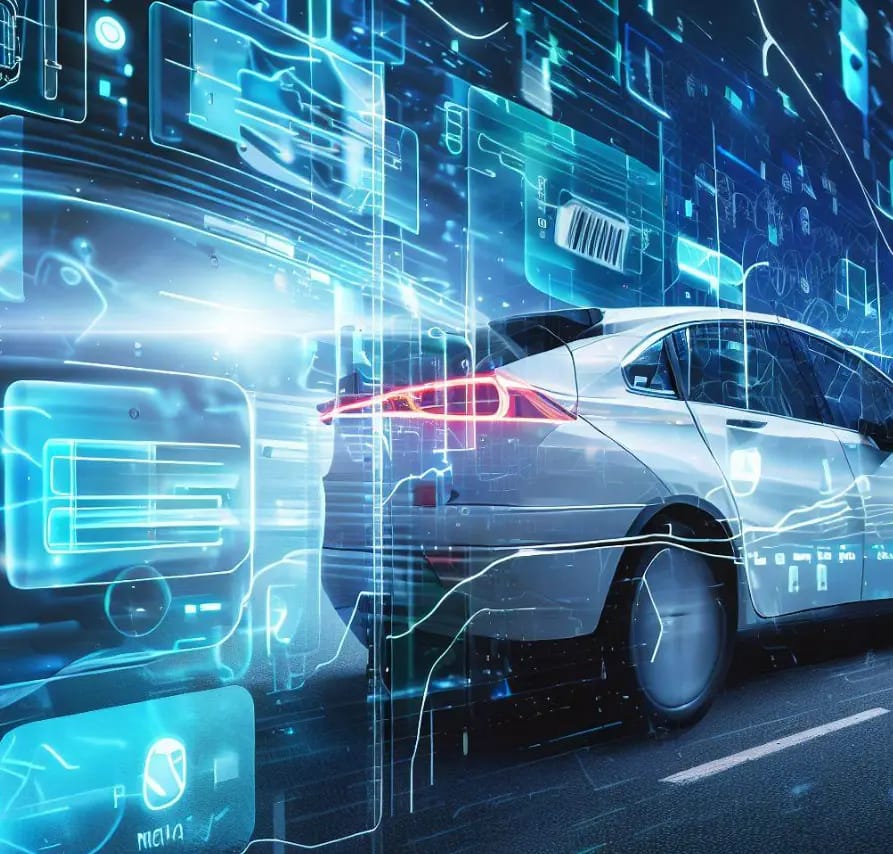As electric vehicles (EVs) continue rising in popularity, enhancing their handling and stability is key. Strut bars play an important role in EV suspension systems, improving structural rigidity and steering responsiveness.
In this in-depth guide, we’ll cover how strut bars work, their benefits for EVs, installation considerations, and future strut bar innovations.
Strut bars are straightforward mechanical components designed to connect the right and left sides of a vehicle’s chassis or body structure. They are made from rigid metal rods, typically steel or aluminum.
The bars span across the engine bay to join the strut towers on each side. Strut towers house the top mount of the shock absorbers that compress to absorb bumps and vibrations. By bridging the two strut towers, strut bars unite both halves of the suspension.

Though simple in appearance, strut bars provide important handling and control improvements:
The additional bracing between the strut towers bolsters the overall structural rigidity of the chassis. This enhanced stiffness allows suspension components to operate more precisely.
In turns, a vehicle’s weight shifts outward on the suspension away from the turn direction. This unevenly loads the inner and outer wheels. Strut bars distribute pressure more evenly side-to-side to keep tires flat on the road.
During cornering and evasive maneuvers, vehicles exhibit some degree of body roll as inertia acts on the chassis. Strut bars stabilize the suspension to minimize distracting body roll.
With a reinforced chassis and reduced body motion, the vehicle suspension can respond more quickly and accurately to steering inputs. This sharper response gives the driver better control.
Due to their unique designs, electric vehicles stand to benefit greatly from strut bars:
The heavy battery packs in EVs are mounted low in the chassis, lowering the center of gravity. A lower center of gravity reduces body roll but also allows sharper turns. Strut bars enhance control in tight turns.
EVs generate high torque instantly, allowing rapid acceleration. Swift speed increases shift weight rearward, affecting suspension loading. Strut bars counteract these forces.
Battery packs also add considerable weight to EVs compared to gas vehicles. Additional mass places more stress on suspensions. Strut bars alleviate this by spreading forces evenly across both sides.
For better ride quality over bumps, many EVs utilize a soft suspension setup. Soft suspension is more prone to body roll. Strut bars counteract this weakness.
Properly installing strut bars ensures they can maximize improvements to handling:
Aluminum strut bars provide an ideal balance of strength, light weight, and corrosion resistance for EVs. Steel is too heavy while cheaper alloys may bend.
The geometry of strut bar ends must align correctly with chassis mounting points to avoid contacting other components.
Strut bars mount to the chassis via bushings or brackets. Rubber bushings isolate vibrations while still keeping the bar securely in place.
For race applications, the chassis around strut bar mounts may be reinforced with additional bracing to further improve rigidity.
Installing strut bars shifts dynamics like suspension stiffness and alignment angles. Fine tuning may be needed to optimize the interaction.
While not always visible externally, many modern EVs leverage strut bars:
Engineers continue innovating new strut bar designs to unlock further handling improvements:
Future strut bars could actively modulate stiffness levels in real-time using electronic actuators to adapt to driving conditions.
Lighter carbon fiber strut bars reduce unsprung mass to improve suspension response.
Integrated cooling channels and fans could prevent strut bars from heat soaking in high-performance applications.
EV batteries may be designed as load-bearing chassis components, inherently strengthening rigidity like a strut bar.
AI-enabled generative design software can recommend organic, highly efficient strut bar shapes tailored to each vehicle.
Onboard computers could proactively adjust strut bar stiffness parameters based on predicted road conditions and maneuvers ahead.
As EVs aim to match or exceed the driving dynamics of gas-powered cars, chassis innovations like strut bars grow in importance. The additional bracing and rigidity from strut bars allows EVs to corner flatter and respond more immediately to driver inputs. When properly integrated into the suspension system, strut bars maximize the handling capabilities of electric vehicles. Ongoing strut bar research will open up further ways to optimize EV dynamics. With their many benefits, strut bars are sure to remain integral but unseen helpers advancing electric vehicle performance